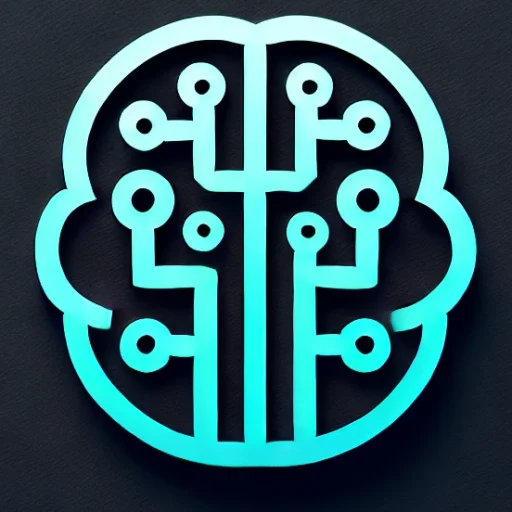
Introduction
In the rapidly evolving realm of technology, one topic has consistently made headlines and captivated audiences: Generative AI. This innovative branch of artificial intelligence is not only revolutionizing how we create and interact with digital content but is also reshaping industries, enhancing creativity, and prompting important ethical discussions. With models like GPT-4, DALL-E, and others demonstrating impressive capabilities, Generative AI represents a pivotal point in AI development.
Key Insights & Latest Advancements
Generative AI refers to algorithms that can generate new content, whether it be text, images, music, or even entire 3D environments. Its most noteworthy advancement lies in its ability to learn patterns and structures from vast datasets and then create something entirely new while resembling the original data. This capability is powered by sophisticated neural networks, particularly Generative Adversarial Networks (GANs) and transformer models.
One of the most prominent breakthroughs is OpenAI’s GPT-4 model, which can generate human-like text with remarkable coherence and context awareness. This level of sophistication allows for the development of realistic conversational agents, automated content creation, and more. DALL-E, another brainchild of OpenAI, demonstrates the ability to generate detailed images from textual descriptions, pushing the boundaries of what AI can visual and create.
Real-World Applications
The impact of Generative AI is profound across various sectors:
-
Healthcare: AI models are being used to design new drugs and treatment plans by predicting molecular structures. They can also simulate complex biological systems to accelerate research.
-
Entertainment and Media: From scriptwriting and music composition to generating special effects in films, Generative AI is enhancing creativity and production efficiency.
-
E-commerce: Personalized shopping experiences are enhanced by AI, which can generate custom recommendations and virtual try-ons, improving customer engagement and satisfaction.
-
Art and Design: Artists and designers leverage AI to explore new creative processes and produce unique artworks, transforming how art is conceived and appreciated.
Challenges & Future Outlook
Despite its advantages, Generative AI presents several challenges. The potential for misuse, such as generating deepfakes or manipulating information, raises significant ethical and security concerns. Ensuring responsible use and implementing safeguards is crucial for mitigating these risks.
Moreover, the computational intensity of generative models demands substantial resources, raising concerns about environmental impact and accessibility. Researchers are actively working on more efficient models to address these sustainability issues.
Looking ahead, the future of Generative AI appears promising, with ongoing advancements likely to enhance its capabilities further. As these technologies mature, they will increasingly integrate into our daily lives, enabling new forms of expression and interaction.
Conclusion
Generative AI stands at the forefront of technological innovation, with the power to change how we create and communicate across different domains. While it presents exciting opportunities, it also necessitates careful consideration of ethical and practical challenges. As we continue to explore its potential, Generative AI will undoubtedly shape the future, offering insights and tools that were once the stuff of science fiction.
The key takeaway is clear: Generative AI embodies a transformative force with the ability to redefine industries and human creativity, demanding thoughtful engagement and sustainable development.

